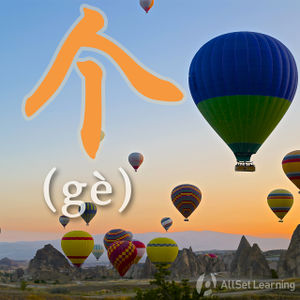Difference between revisions of "The filler word "neige""
ViktorMugli (talk | contribs) |
|||
| Line 12: | Line 12: | ||
<div class="liju"> | <div class="liju"> | ||
| − | * | + | * 那个,我 不 和 你们 一起 吃饭 了,好 吗? |
| − | * | + | * 我 想 吃 那个... 那个...湖南 菜。 |
* 这 个 啤酒 有点 那个... 那个... | * 这 个 啤酒 有点 那个... 那个... | ||
Revision as of 06:44, 16 August 2012
Basic patterns
In English, words like "uhm" and "er" are used as filler[1] words when you're thinking about what to say. In Chinese, 那个 (nèige) is used for this purpose. This can sound a bit unfortunate[2] to English speakers, but it's very common in Mandarin and you'll hear it quite often around Chinese speakers.
那个 can be inserted into sentences wherever you need to pause for thought. This is similar to the slang use of "like" in English, or filler words in general.
Examples
Some examples:
- 那个,我 不 和 你们 一起 吃饭 了,好 吗?
- 我 想 吃 那个... 那个...湖南 菜。
- 这 个 啤酒 有点 那个... 那个...
References
- ↑ Filler (linguistics) on Wikipedia
- ↑ See This or That? Mandarin and the "N" word for elaboration
Further reading
Needs academic references!



